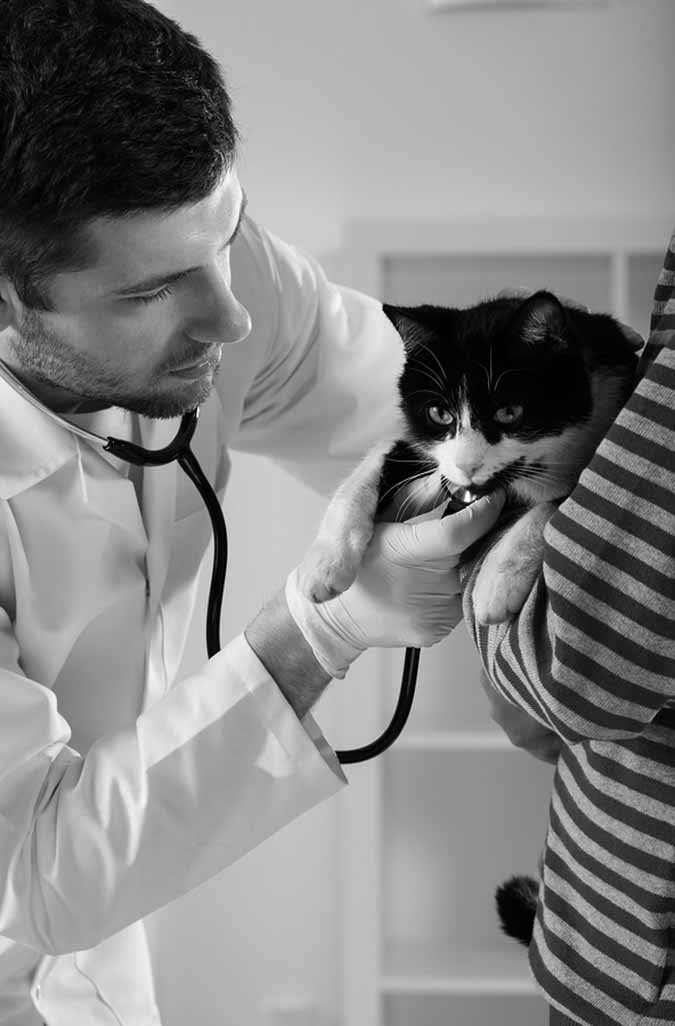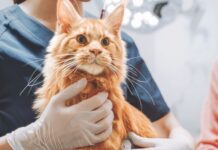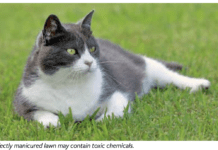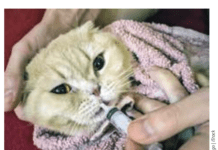When you bring a cat into your family, you make decisions in his best interest for food, litter and veterinary care. As your cat’s healthcare proxy, you’re also responsible for routine check-ups, dental health and vaccinations. Sometimes, however, you may need to make more difficult decisions, perhaps to seek a second opinion when the current treatment isn’t working.
The dilemma: You want your cat to get well and feel better, yet you don’t want to offend his veterinarian. Despite dedicated effort, sometimes a second opinion is necessary, just like when your own family doctor refers you to a specialist.
Quality Practice
Excellent general practice vets know second opinions are part of a quality practice, and they respect owners actively engaged in their pet’s health care, but you should know etiquette is involved. “Primary care veterinarians, especially if they work in a solo practice, are generalists and can’t possibly stay on top of all the advances in veterinary medicine,” says dermatologist William H. Miller, VMD, a director of the Cornell Companion Animal Hospital.
© Kasia Bialasiewicz | Bigstock


In some cases in a multi-vet practice, the primary vet may make an internal referral within the practice to one who more commonly sees a particular condition. “This internal referral often solves the problem and keeps the pet in the same practice where his entire list of problems and idiosyncrasies are known to the entire staff,” says Dr. Miller.
When the general practitioner or the internal specialist recognizes the condition is beyond the scope of the practice, referral to a specialist is common protocol, Dr. Miller says, adding that making a lateral move to another primary care veterinarian will likely bring you full circle to the place where you started.
Disease Similarity
“This commonly happens when the pet has a skin disease,” Dr. Miller says. “Many skin diseases look very similar, and it’s not uncommon to have to go through a diagnostic evaluation where conditions are eliminated one at a time in a sequential fashion. Each of these steps takes time, effort and money and some won’t work, which prolongs the animal’s skin problem. This lack of instantaneous cure makes some people move on to the next primary care veterinarian. Having another pair of eyes look at the problem isn’t a bad idea, but reports of all of the details on the various diagnostics and therapeutics performed by the all the previous veterinarians rarely follow the patient.”
On the other hand, when your cat’s therapy stalls or fails, or the recommendation is an expensive or invasive treatment, a second opinion with a specialist with a new perspective can be helpful. The two of you can discuss the advantages and disadvantages of the new plan as well as the likelihood of its success.
Some nuances are involved in working with a primary care veterinarian, and having an open, trusting relationship eases the way. “A potentially uncomfortable moment revolves around your request for a referral when the attending veterinarian does not suggest one,” Dr. Miller says.
“After giving the veterinarian a fair chance to resolve or develop a safe and effective management plan, the client should never be afraid to ask for advice on seeking a referral to a specialist. The veterinarian may have a variety of valid reasons a referral may not be necessary at this point. If the reasoning sounds good, it may not be time yet. If the request is dismissed but a new diagnostic or therapeutic plan isn’t suggested, it may be time to seek the advice of a specialist.”
Ask for Referral
Your cat’s veterinarian can recommend a second opinion from a board-certified specialist or you may request a referral. Some specialists don’t require a referral while others do. “If a referral is required, no one should be afraid to ask for it,” Dr. Miller says. “Just as we are advocates of our own health care, we are advocates for our pets.”
Specialties include behavior, surgery, neurology, dermatology, oncology and cardiology. Various specialty organizations confer diplomate, or board certification, status and list them online by region, along with their requirements.
For example, the American College of Veterinary Dermatology, www.acvd.org, requires a two-to-three year residency training program, an original research project, publication in a scientific journal and a certification examination. Only several hundred ACVD board-certified dermatologists work in private specialty practices, academic positions and industry worldwide.
Involving the primary vet in providing your cat’s history and health background isn’t necessary as long as you obtain your cat’s full medical records for the specialist. If you make an appointment without a referral, be open and honest about it. “If the specialist does not require a referral and an appointment is made, do not keep the results of that evaluation secret — share them with the primary care veterinarian,” Dr. Miller says. “Health care is a team effort and everyone needs to know what the others are doing.”
Seeking a second opinion offers the opportunity to learn not only more about your cat’s medical condition but options for treatment. It’s your right to seek a second opinion and you should never hesitate to ask for a referral to a board-certified veterinary specialist. If the specialist upholds the primary veterinarian’s diagnosis, you have the invaluable comfort of knowing he or she made an accurate assessment of your cat’s condition. You’ll also have the peace of mind knowing that you took the necessary steps for your cat to receive the best treatment possible.



